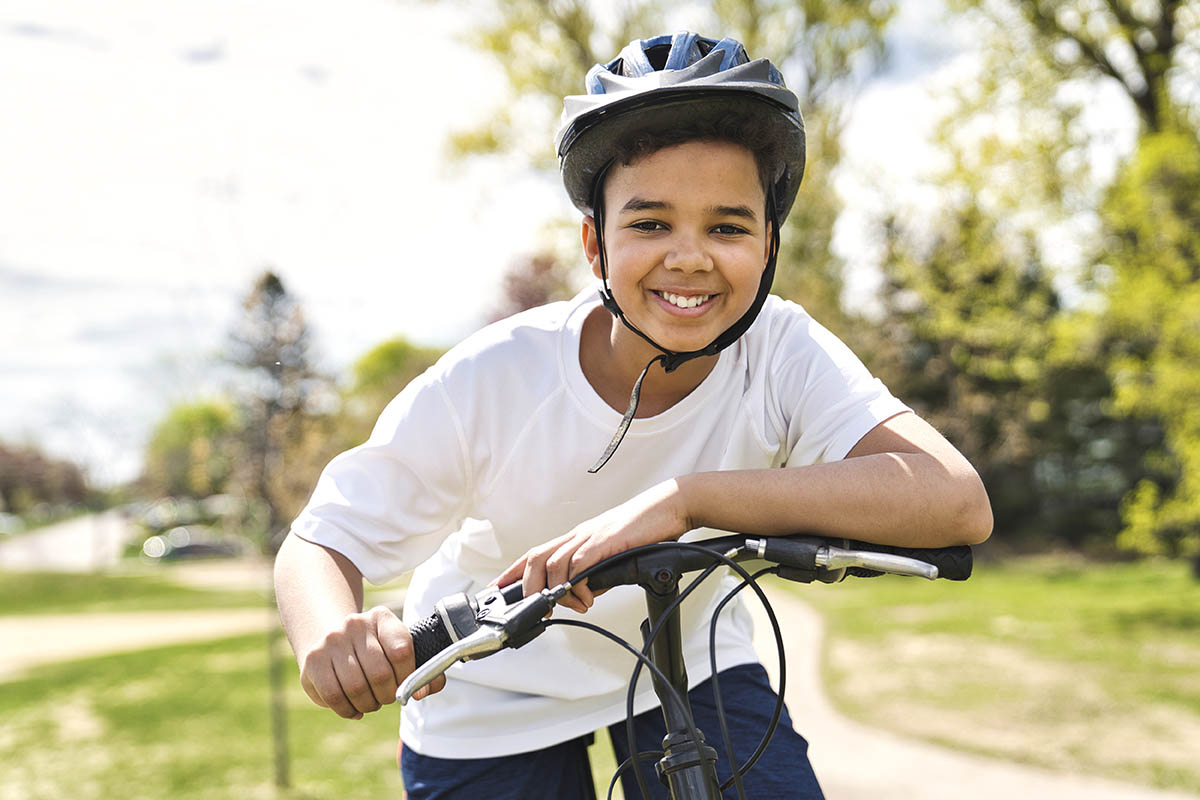All children should engage in regular activity to enjoy its numerous health benefits. Even if you have a child diagnosed with autism, they can still exercise. In fact, by encouraging your child to get moving, they can attain several advantages that they might otherwise miss. If you need help finding out how autism and physical exercise can work together, contact Discover Camp Worth today at 855.915.2545.
Advantages for Those with Autism & Physical Exercise
Children need regular movement to stay healthy. However, children with autism might struggle to engage in team sports or have the gross motor skills required for skill-based play. Even if your child has problems getting moving, they still need daily activity. In fact, by getting exercise, your child with ASD can benefit in the following ways:
- Improved muscle strength
- Better social skills
- Reduced stress and anxiousness
- Improved sleep
- Better motor skills and coordination
These benefits can help your child to feel more independent and better about themselves. Plus, by helping to ease stress, exercise could help them to regulate their emotional outbursts. Of course, all children with autism differ. Therefore, you should consult with your child’s physician or a behavioral therapist with experience with autism to find out how exercise can improve your child’s life. The expert can also help you to identify which activities and autism therapy programs will offer the best results.
Activities for Children with Autism
When finding a way to merge autism and physical exercise, you should start small and offer individual instruction and encouragement throughout the process. For instance, have your child help walk the dog or get up and exercise during commercial breaks. Other ideas for exercising with children with autism include:
- Playing tag with family or friends
- Jogging or walking
- Visual mimicking activities such as follow the leader
- Video-guided yoga or exercise programs
- Catch
To improve motor skills, work different types of activities into your child’s daily routine. For example, you could suggest walking to school then going to play on the playground after dinner. If possible, bring different types of play or sports equipment with you when you move with your child. Jump ropes, tennis balls, and kick balls can get your child jumping, throwing, and kicking. The more variety in the movement that your child does, the more you’ll see improvement in their coordination and motor skills.
Establishing a Daily Routine that Includes Exercise
When you’re considering autism and physical exercise, the most important thing is to make it a regular part of your daily routine. Think about changing regular chores and activities to make them more active for your child. Once the exercise becomes part of your child’s regular schedule, maintaining fitness will be easier. However, some parents may find that changing routines for their children can present frustration. Alternatively, their children may have difficulty learning new activities.
If you need help making physical activity a part of your regular schedule, contact an autism assistance facility that provides therapy and treatment programs. For example, when you work with us at Camp Worth, we provide an autism parent training program and help with your child’s motor skills and other needs. You can get the support and advice you need to help you with your child’s autism and physical exercise problems.
Learn More About the Autism & Physical Exercise At Camp Worth
At Camp Worth, we can help your child with their fine and gross motor skills through our occupational therapy program for children with autism. We also have other programs such as behavior analysis, autism education, life skills, autism parent training program, and more. If your child has a diagnosis of autism and is between 11 and 17, contact our autism assistance facility at 855.915.2545 to find out more about our programs at Camp Worth in Texas.








